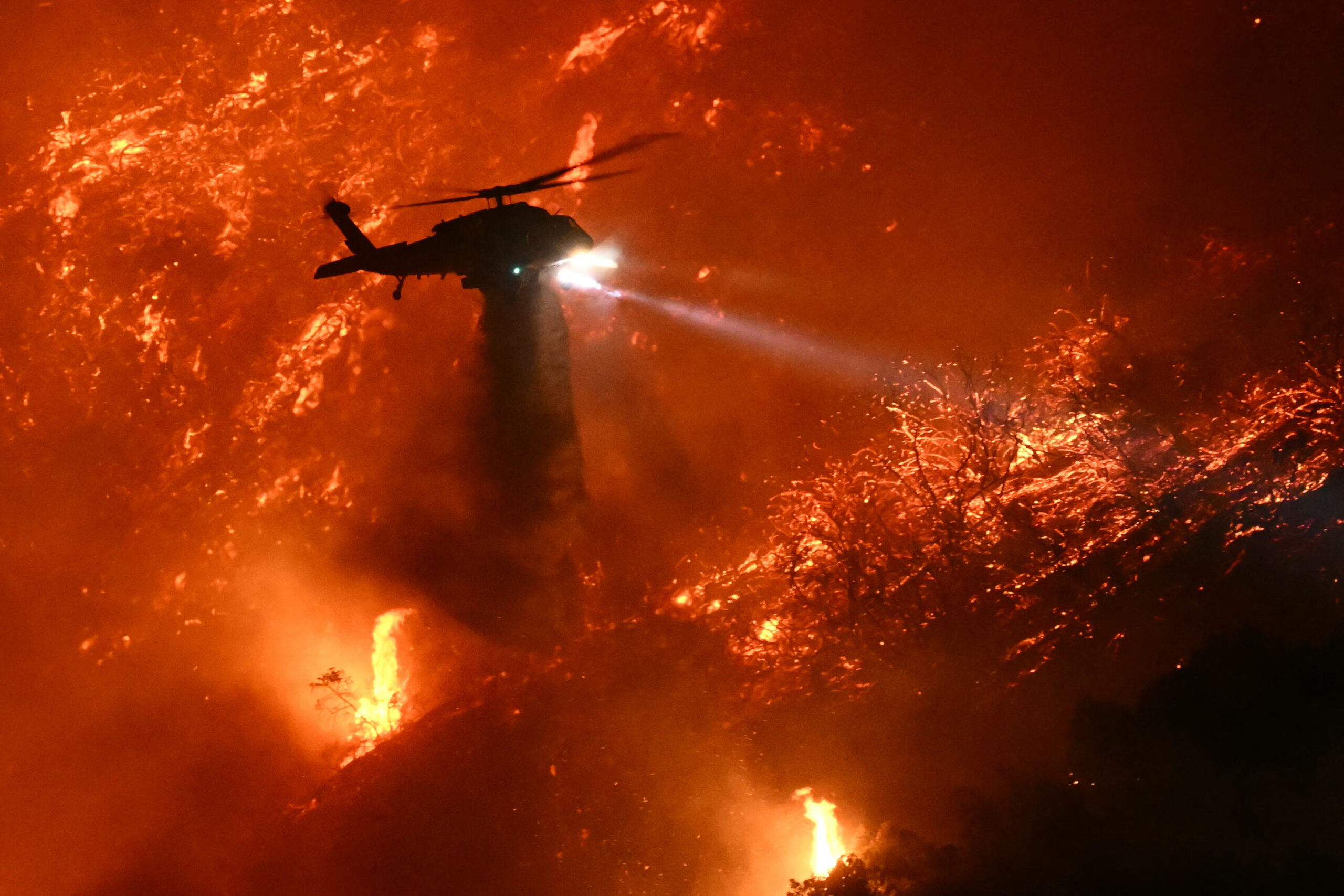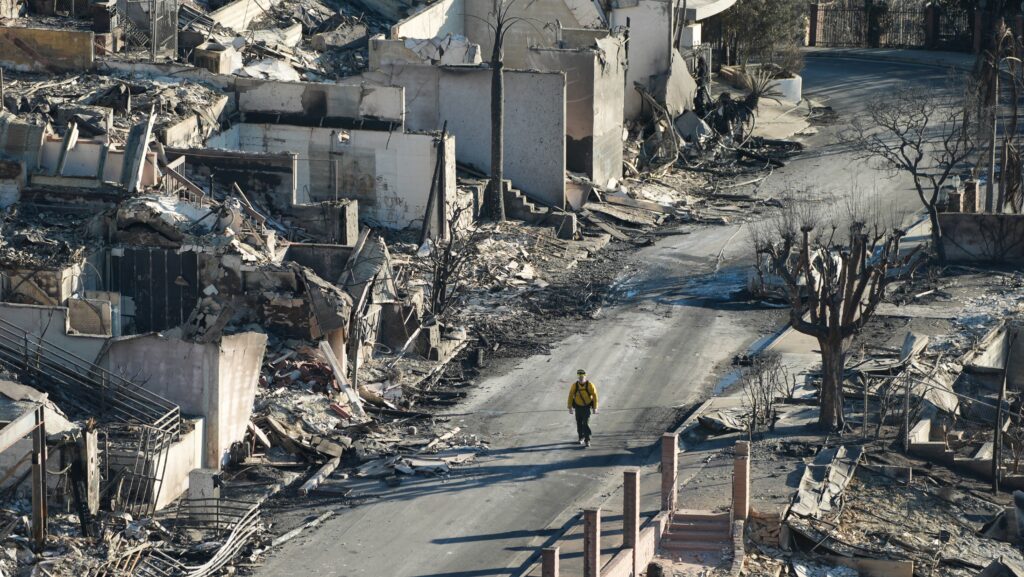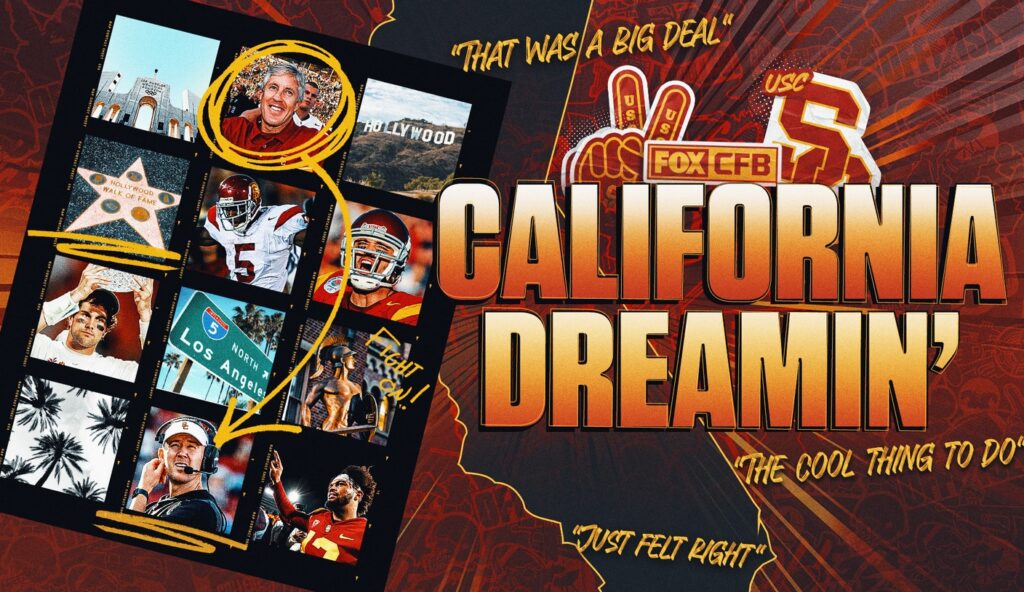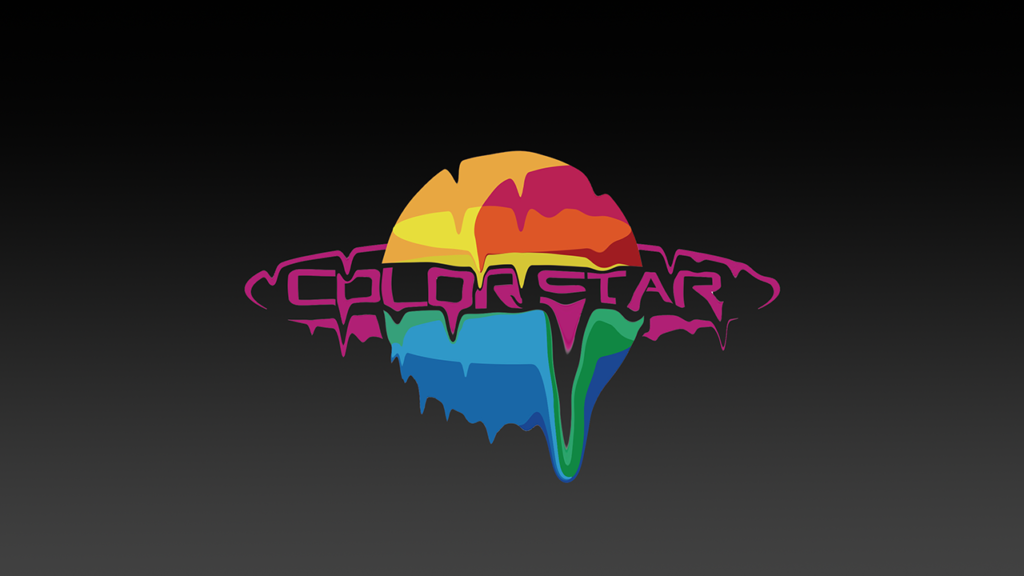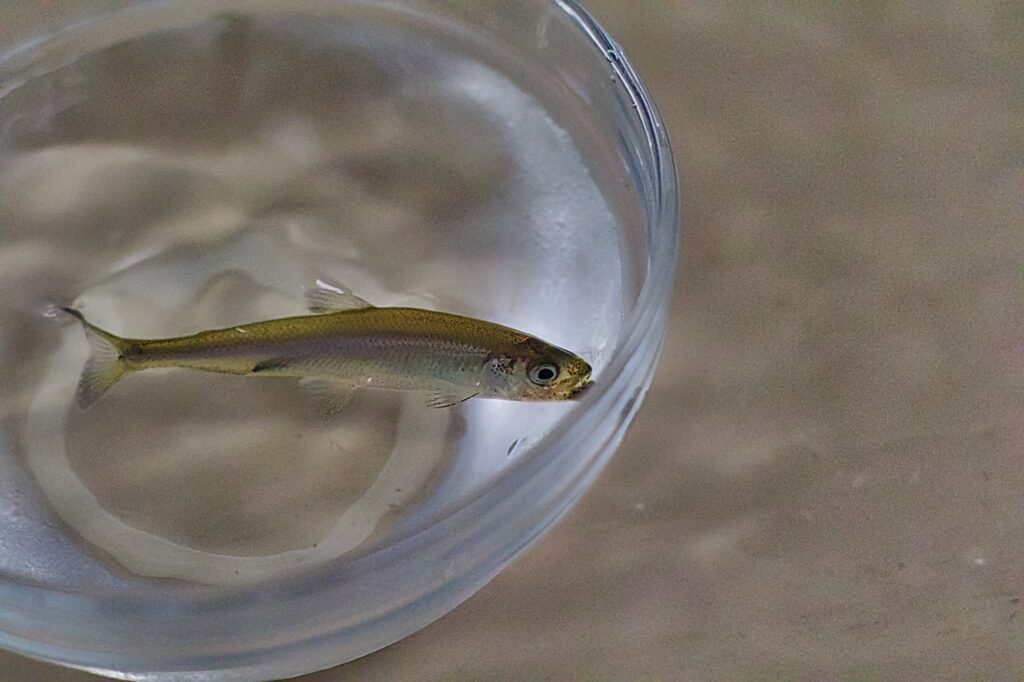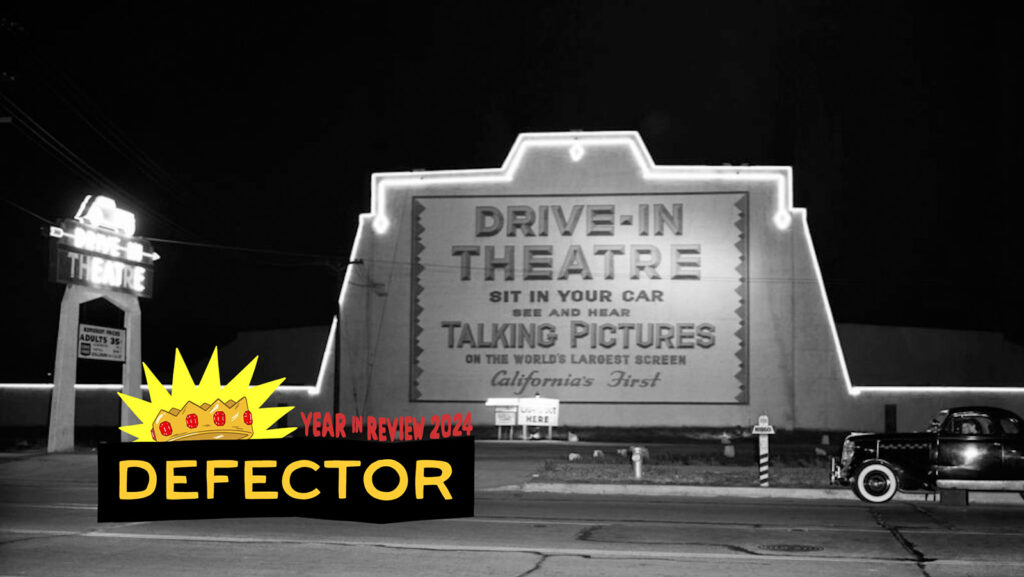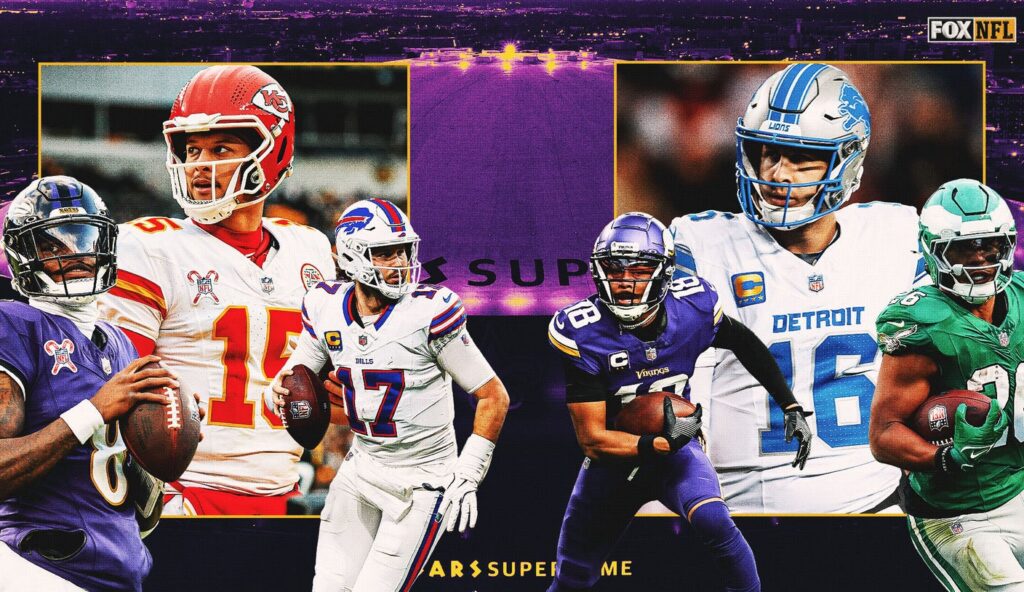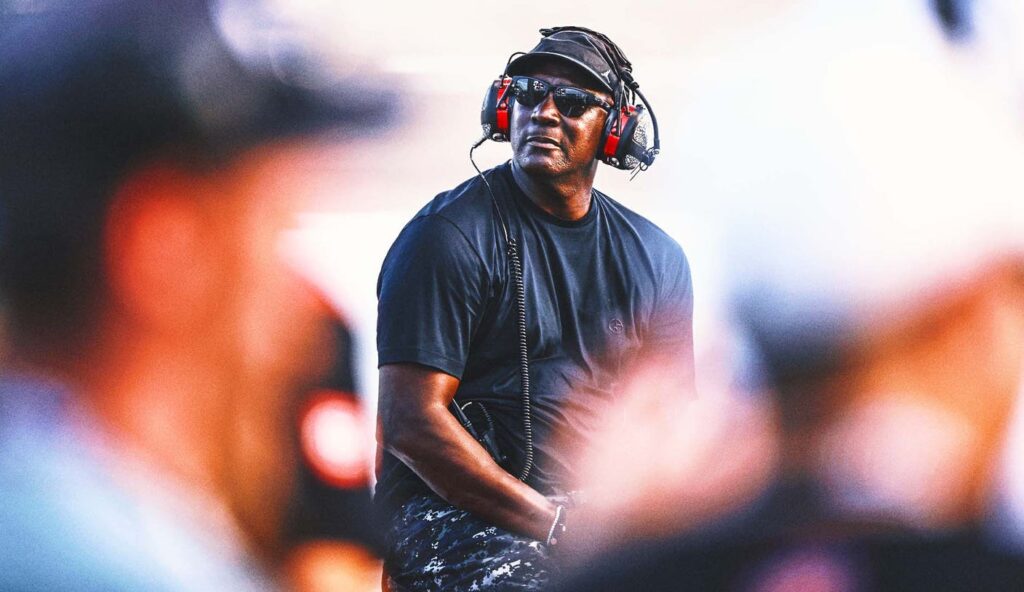Since Jan. 7, devastating fires in and around Los Angeles have burned more than 40,000 acres of land, an area slightly larger than Washington D.C. They have razed or damaged more than 12,300 homes and other structures. At least 24 people have died. This number will likely rise as the fires continue to burn and leave communities with not only the lingering carcinogenic effects of wildfire smoke, but also the chemicals emitted as buildings burn. Although the particulars of the destruction may have been unpredictable, the fires were not. Southern California has been bone dry for the better part of a year, and temperatures in the American Southwest have been warmer than average over the past three months. One climate scientist, Daniel Swain of the University of California Los Angeles, wrote a blog post on Jan. 4 warning that “a high-end offshore wind/fire event may unfold in SoCal this week.”
To grasp the full extent of the conditions that sparked the fires, it is important not just to look to this last, dry summer but also the unusually wet winters that preceded it. This cycle between extremely dry conditions and extremely wet conditions is known as “hydroclimate whiplash,” and in an eerie coincidence, Swain and colleagues, including Danielle Touma, a climate scientist at the University of Texas at Austin, published a review paper on the subject this week, in the journal Nature Reviews Earth & Environment. As Touma noted, such coincidences are likely to become more commonplace as extreme weather events become more frequent amid climate change.
“Hydroclimate” refers to the scientific field that studies both hydrology and climate, such as how how water cycles impact Earth’s climate. The authors found that, around the globe, certain hydroclimate whiplash events have increased by 31 to 66 percent since the mid-20th century. In other words, places are oscillating between even drier phases and even wetter phases all while the world is getting warmer. This dangerous sequence of extremes helped stoke the Los Angeles fires to the deadly infernos that have yet to be contained. And fires and floods are each accompanied by a slew of long-term health risks, as the former worsen respiratory and cardiovascular diseases and the latter can spread waterborne pathogens, not to mention the trauma that accompanies any disaster.
Touma, who now lives in Texas, previously lived in California and Colorado, where wildfires and their aftermaths hovered around her early career. While Touma was defending her PhD dissertation in the fall of 2018, part of which concerned drought, smoke from the Camp Fire—the deadliest wildfire in the state’s history—shrouded campus. “The first time I had used masks pre-Covid was actually during that time,” Touma said. After Touma moved to Santa Barbara, she saw pieces of ash falling over her home from nearby wildfires. Another time, a wildfire broke out and smoke filled the sky a week before Touma’s outdoor wedding. Later, while living in Colorado, Touma received an evacuation notice as the Marshall Fire, Colorado’s costliest wildfire, swept through the area.
I spoke with Touma about how the Los Angeles fires spread so quickly, how hydroclimate whiplash explains some of the severity, and the future of fire for the American West.
This interview has been edited and condensed for clarity.
Can you talk about the conditions that allowed the fires to become so severe in Southern California?
This is very related to our hydroclimate whiplash paper. The main driver of going from the really wet to the really dry was the underlying El Niño/La Niña cycle. When we had the two very wet winters the past two years, those were during an El Niño phase. Now, El Niño is common—it’s a cycle that’s been going on forever.
However, because of our warmer climate, when it rains, it rains a lot more. More of the precipitation is going to fall as rain rather than snow, and this leads to a lot of vegetation growth, especially in these environments where vegetation does not get a lot of rainfall all the time.
After an El Niño cycle, we usually go to La Niña. And it’s well-known that the main teleconnection, or the main effect, on Southern California, is drying. So [we had] a drier winter, maybe even a warmer winter.
[Teleconnections refer to the link between weather phenomena happening thousands of miles away; El Niño is an example of a teleconnection pattern that shifts rainfall patterns around the world.]
There’s still work being done looking at how climate change impacted [the Los Angeles fires]. But I would imagine, because of global warming, because we have more carbon dioxide in our atmosphere, the magnitude of the dryness and how warm it was was probably higher than it would have been 40 or 50 years ago. So even though the underlying conditions were expected and forecasted and would have occurred at any point in our modern climate, the amount of drying and warming that we had was more likely to be stronger because of just having more trapped solar radiation that causes our atmosphere to warm more.
And then one thing is the winds that are leading to these really fast-spreading, very difficult-to-contain wildfires, the Santa Ana winds, are also common for Los Angeles during La Niña and during this time of the year.
The new paper has a whole section of all the words people have used to describe hydroclimate whiplash: hydroclimate volatility, hydroclimate variability. Do all these terms mean the same thing: swinging quickly between extremely wet and extremely dry states?
My preferred term is hydroclimate whiplash, because I think it captures what’s happening in the physical climate, going from a very dry conditions to very wet conditions. It also hits you in the face as a human. Like the L.A. wildfires, you’re like, oh we had two very wet winters, things are going great, and then suddenly these fires blow up. And if you’re not a climate scientist, maybe you don’t know what’s happening with El Niño. You wouldn’t think about it. And it just shocks you, because you’re suddenly in this very dry wildfire state.
All these terms—hydroclimate intensity, hydroclimate volatility, variability—they all describe the same thing, which is going from either a very dry state to a very wet state, or going from a very wet state to a very dry state in a certain amount of time where maybe you don’t have time to prepare or adapt or pay attention to what’s happening. Wet events are getting wetter, dry events are getting drier. Having more wetter events following even drier events can have bigger impacts than before.
The intensity of these whiplash events has been definitely been studied for a while. The frequency of these events, I think that’s the newer area. That drives the need to understand [hydroclimate whiplash] better, because it is hard to adapt to these things. In the paper, we have a lot of examples of things that are affected by the frequency or intensity of hydroclimate volatility. For example, going back to the western U.S., how do we store water? It doesn’t really make sense to put them in dams anymore, because one year we’re overflowing the dams, and the next year the dams are dry. We’re not really keeping up with the needs there. Also with the wildfire case, we’re growing vegetation a lot faster and things are drying out a lot more. And this wet-to-dry, dry-to-wet pattern is occurring much more often than it used to and is expected to. Using climate model data, looking to the future under continued global warming, [we expect] to see even more of these events occurring.
This new paper says that the effects of hydroclimate whiplash can be more severe than just an extended drought or just an extended flood or rainfall event. Can you talk about why?
With drought, you have impacts on agriculture, impacts on industry, impacts on wildfire. During wet events, you have flooding and impacts on all those sectors as well. But the combination of both can lead to to compounding impacts on humans. You can imagine someone has just dealt with a flood last year from the really wet winters, and then now now they’re dealing with wildfires. So they’re already at a loss in terms of the capacity or resources they have to deal with the next event that comes along that is also very extreme. The fact that they’re happening so quickly after one another, and they’re both becoming more intense than they used to be, [you have to] put in even more resources towards just overcoming the impacts from those events.
But then there’s a physical reason why these events can also become worse. Going from dry to wet, for example, I mentioned the Montecito mudslides outside of Santa Barbara. The reason those mudslides occurred is because there was this giant, severe wildfire, the Thomas wildfire, and then we got this very intense storm just one month after the wildfire. I don’t even believe the wildfire was fully contained when we got the storm. The wildfire had already modified the landscape, it had burned down the vegetation, created layers of debris on the surface, destabilized the soils by kind of burning down the roots. In some cases, fires can also makes soil hydrophobic, so kind of water-repellent, because the heat changes the chemical properties of the soil. So the dry state caused some physical changes in the landscape that led to the mudslides occurring. [It might have] just been a flood and not a mudslide if there hadn’t been a wildfire.
There’s kind of two angles to it: humans dealing with multiple things at a time, and the first event creating conditions that can actually amplify the next event.
So the best example of this in the L.A. wildfires is the wet winters creating a lot of new growth.
Exactly. They created the landscape so that when it did dry, there was a lot of new growth that could burn. Maybe if there wasn’t all that new growth, the fires wouldn’t have been as widespread or as high or as severe.
The new paper has a map of different examples of hydroclimate whiplash events around the globe. I imagine that the L.A. wildfires qualify as an event that could go on that map?
I guess we could redraw this map, especially for the L.A. wildfires. We have [Southern California] in green right now because it’s going from dry to wet [from Oct. 2022 to Oct. 2023]. But you could imagine that now we could have a second version of this map and make this brown, because we went from very wet to dry. That’s just an example of how we’re seeing the frequency of the these events change. The fact that we could redraw this map for one location from year to year is quite outstanding.
I also wanted to ask about the atmospheric sponge analogy in the paper, which, as I understand it, analogizes the atmosphere to a kitchen sponge. As temperatures rise, that sponge gets bigger and can therefore hold more water vapor in the air. Then when it’s squeezed, there’s more water coming out. Why is this analogy important to understand in the context of the whiplash?
I think it’s difficult for people to understand that climate change can lead to both much drier conditions and much wetter conditions simultaneously.
It helps us understand that the main effect of climate change, in terms of hydroclimate in general, is this expansion of our ability to hold moisture in our atmosphere. When we have sunny, warm days, we get evapotranspiration [the process by which water moves from the soil to the atmosphere]. But now the limit to how much we can evaporate into the atmosphere has increased. We can evaporate a lot more, and we can dry out things a lot more. Then when we have the weather patterns and dynamics that lead to rainfall, that’s your squeezing of the sponge. The atmosphere is already holding a lot more moisture because it’s has expanded due to warming, and so there’s a lot more moisture that can fall from clouds and the sky, basically. And so that’s why we get more intense, more prolonged rainfall events.
Was there anything about the L.A. fires that surprised you?
The fire hydrants running out of water. I mean, that was quite shocking. That was the first time I’ve heard of such a thing happening. It also points to the fact that maybe we’re not managing our water properly in this new normal of hydroclimate volatility. I don’t know, that’s probably more of a water resources issue.
What did you make of the response to the wildfires? Are there any lessons for future wildfire resilience and mitigation in this context of the increasing frequency of hydroclimate whiplash?
In previous years in California and even in Colorado, a lot of the wildfires occur in these wild and urban interface areas, or in smaller towns. There were a lot of wildfires in wine country up in the Bay Area and like Napa and Sonoma. But now, just seeing this fire spread into a densely populated area with not a lot of vegetation, more homes and everything, I think that’s something that was also new to me, like just seeing just how a whole city really can be impacted by these wildfires.
I think this is a really big warning that not only landscapes are going to be affected, but so many more people and infrastructure are going to be affected as wildfire events become more severe, which is also projected for the future for California. I’m not a policy person or adaptation person, but we really need to think about how to be able to support so many more people, not just land, in terms of evacuations, in terms of putting out fires, in terms of people losing homes.
The stories with the insurance companies are so, so heartbreaking. It just shows that there really needs to be a big shift in state and federal policy towards these events. The insurance industry is not keeping up with the events. It’s no longer viable for them to insure these things because they’re becoming so frequent and so damaging. So there really needs to be a response from the federal and state and city governments, and much more preparation.
One thing I noticed this year, there’s been a lot of firefighters coming from other regions to help put put out this wildfire. They’re lucky right now, because there aren’t wildfires happening elsewhere, or at least as big as these, so they’re able to bring people from other places. But in the future, we expect fires to become more widespread. So it’s not always going to be the case that there’s going to be this influx of resources or firefighters being able to come, or even aircraft that help with firefighting. That’s not going to be the case in the coming years because a lot of places will be dealing with their own wildfires. So thinking about how to have the resources in place, especially when these wildfires are well forecasted, is really important.
I was reading your 2022 paper in Science Advances about how more than 90 percent of extreme fire weather events in California, Colorado and the Pacific Northwest will be followed by extreme rainfall events within the next five years. What do you see as the future of California wildfires? Is it more of this whiplash, more frequently?
Basically we see that wildfires will become more widespread. So when you have wildfire conditions in Los Angeles, for example, you’re also going to be more likely to have them across state lines, in Nevada.
You’re expected to see also more wildfire conditions within the same days also occurring in other kind of close-by areas. So more widespread fires, more severe wildfires, and then possibly more of these wildfire areas being impacted by extreme rainfall that can lead to things like debris flows and mudslides and flash floods. Not only do we need to be prepared for the wildfire part, but also for the subsequent impacts from the wildfires.

 Workout
Workout
 Meditation
Meditation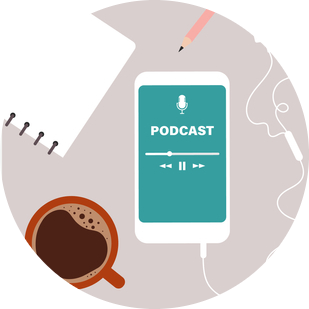

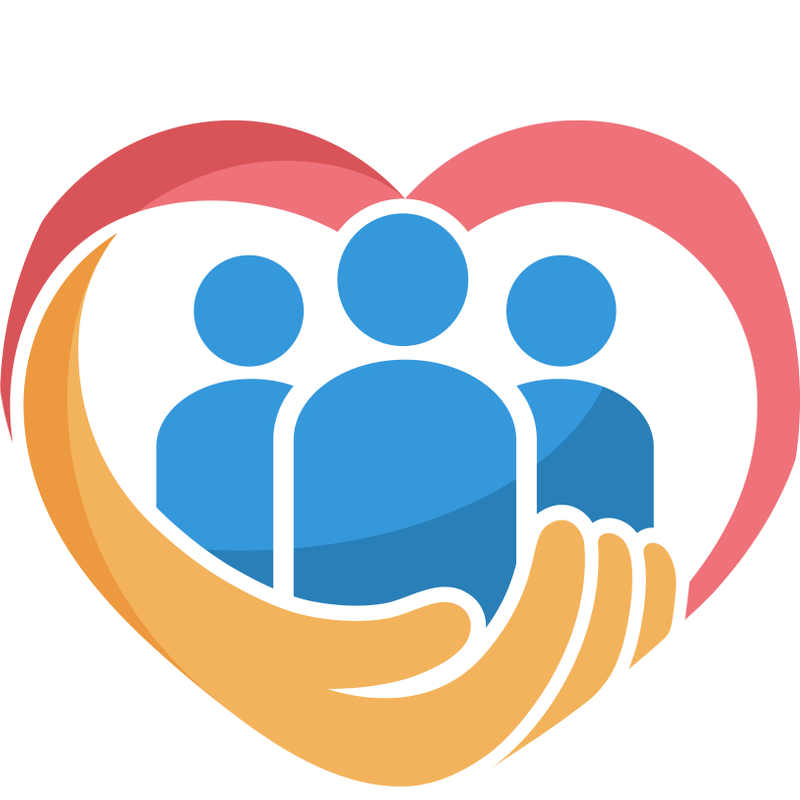

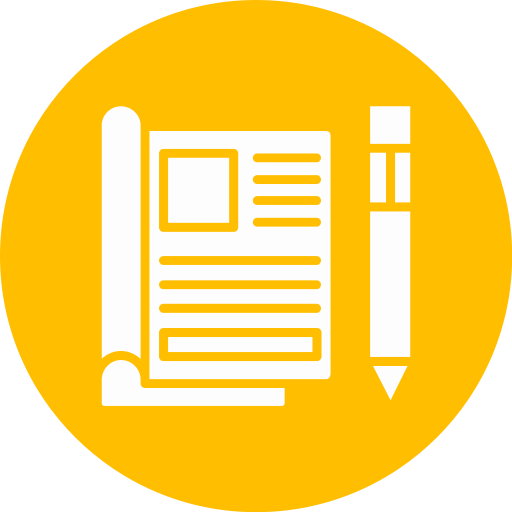
 Contact Us
Contact Us
